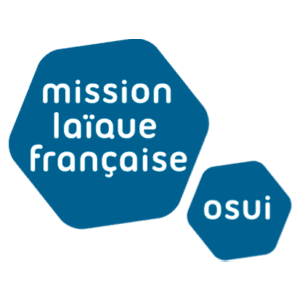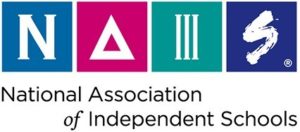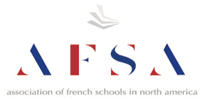A Look at the Importance of Differentiation in the Classroom
Whether you’re a parent of one or a parent of a dozen, it doesn’t take long to figure out every child has their own pace and approach to life learning. Some children learn best by utilizing trial and error, some by a hands-on approach, and others may be more inclined to grasp concepts they can observe from the sidelines first. There’s virtually an unlimited number of unique ways in which children (and adults!) learn, so it goes without saying that a universal teaching approach is simply not effective. This is where differentiation learning comes in to play.
What Is Differentiation Learning?
Differentiation learning is a teaching technique that is used to reach each individual student through their own learning methods. In short, it is essentially the process of learning professionals getting to know each of their students well enough to understand how each of them learns best and utilize the best teaching approaches for that student. It requires a true understanding by teachers as well as a highly flexible curriculum approach in order to help maximize a student’s ability to grasp education content.
The teaching techniques involved in differentiation learning aren’t a set of magical approaches or workbooks to follow. Instead, the focus is simply on observing the ways in which students interact and learn individually and planning lessons and learning activities around these observations. Put simply, it’s knowing what ways your students are similar and different and organizing lesson plans according to them.
Why Is Differentiation Learning Important?
While differentiation learning requires a deep commitment to truly understand a student’s individual learning approaches, research has shown it to be a highly effective method. According to Waterford.org, “If you can adapt your instruction to reflect your students’ needs and learning preferences, you can make class time more effective and help students become more engaged.”
When children are presented options for exploring and learning new concepts in a manner they are most comfortable or familiar with, it leads to a greater level of involvement – and, by extension, a deeper understanding of the information at hand. Children thrive in environments that encourage learning at their level, and an increase in learning support also leads to an increase in learning focus.
Adaptive Teaching Techniques
It’s important to understand that this approach does not mean coming up with a customized school curriculum that has been tailored to each and every individual student. It isn’t coming up with 20 separate lesson plans for 20 separate classroom students. Differentiation learning does require flexibility with teaching techniques that can be tweaked to reach students based on their own learning capabilities, however, it is more about understanding the needs of students and providing effective options to help support the best possible learning environment as a whole. By providing a diverse set of learning tools and approaches, this technique allows for a high rate of learning success among students because it breaches any potential barriers by finding the right path for educational growth.














